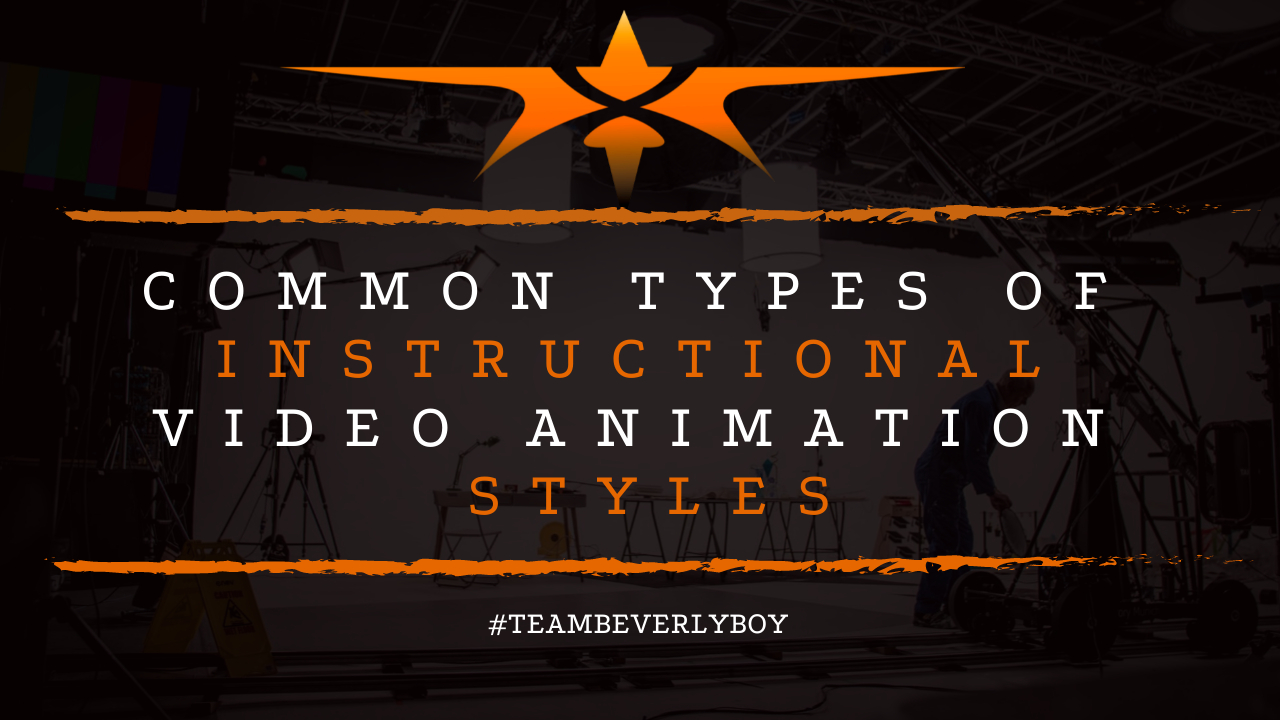
Common Types of Instructional Video Animation Styles
Different types of instructional video animation are used to help the target audience understand and learn how to perform a certain task or otherwise complete a project. Choosing the right type of animation for an instructional video is really a matter of taking into consideration who the target audience is, what type of instruction is to be provided, and what type of animation is going to fit best in this particular circumstance. Several different types of instructional video animation may be used to teach, train, and educate the target audience.
Animated videos help learners to better understand key concepts that are important to mastering a particular topic or project. The animation keeps the audience focused on the important concepts that are being taught as each individual action or task is emphasized one-by-one for the audience. This process guides the viewer along a journey toward mastering a particular concept without becoming overwhelmed.
Creators have many different animation styles in their toolbox. The most common types of instructional video animation include whiteboard animation, typography, 2D and 3D animation, stop-motion, and motion graphics. Any of these can be used to produce an instructional video that is vividly focused on teaching or training your audience.

Whiteboard Animations
Whiteboard animations are increasingly becoming more popular because they’re quick and easy to create and they’re incredibly informative for the audience. Whiteboard animations use the visual of a dry erase board to simulate animation in which a story is told through hand-drawn pictures on the board. This type of instructional video animation is great for teaching or training on concepts that are relatively simple to address, such as those that have very simple step by step processes and do not require extensive scenarios or visuals. Think of this as the bare essential animation style for an instructional video.
Animated Typography
The use of animated typography in instructional videos is very straightforward. Typography is the term used to describe animated text such as any text that moves across the screen, expands or shrinks on the screen, or alters or morphs into something else on the screen. Animated typography is commonly used in instructional videos to draw the viewer’s attention to a particular word or phrase that is important to the topic or subject that is being taught.
Animated typography can be used for many different scenarios, but most often it is used in conjunction with other forms of animation or live-action footage to amplify or otherwise complement the existing content that is being taught.
2D and 3D Motion Graphic Animations

Motion graphics are designs that have movement. They can be either 2D or 3D and they are incredibly common in instructional videos. In educational videos, 2D motion graphics are often used to add movement to simple characters or other objects in order to create interactions that enhance the content without being overly complex or otherwise drawing attention away from the actual concepts being taught.
When 3D motion graphic animations are used in instructional videos they typically involve the creation of an immersive and incredibly realistic environment in which the characters, scenarios, and objects within the environment are all animated. 3d animations are incredibly complex and often used to show figures, models, or to scale the inner workings of an object. You might recall the term, “3D rendering” which is frequently used to describe the use of 3D animation to give students a glimpse into a complex training scenario.
Stop-Motion

Instructional video animation can also be produced using what is called, “Stop-motion” animation, but this is less common because producing intricate stop motion animation is incredibly time consuming and complex. However, that’s not to say that all stop motion animations are difficult to produce and incredibly time consuming. There is a place for stop motion animation in the instructional video animation world.
Stop motion animation can actually be produced on a tight budget provided the animator has the proper camera and necessary experience in recording stop motion. Stop motion was more popular several years ago than it is today, but it’s occasionally used to animate flat materials including things like paper, photos, or drawings.
As you can see, there are many different types of instructional video animation that can be used to create the visual storytelling that you’re looking for in order to educate your target audience. Everything from stop motion to 2D and 3D motion graphics can be used to produce the desired instructional video content that you believe is most conducive to teaching your target audience.
At Beverly Boy Productions, we’ve spent more than two decades producing top quality instructional videos for organizations large and small. To learn more about the different types of instructional video animation that could be used to produce a top quality educational video that’s right for your audience, give us a call! We’ll walk you through the many different options available to you and we’ll answer any questions you have about the next steps involved in producing a top notch instructional video to teach or train your target audience.


